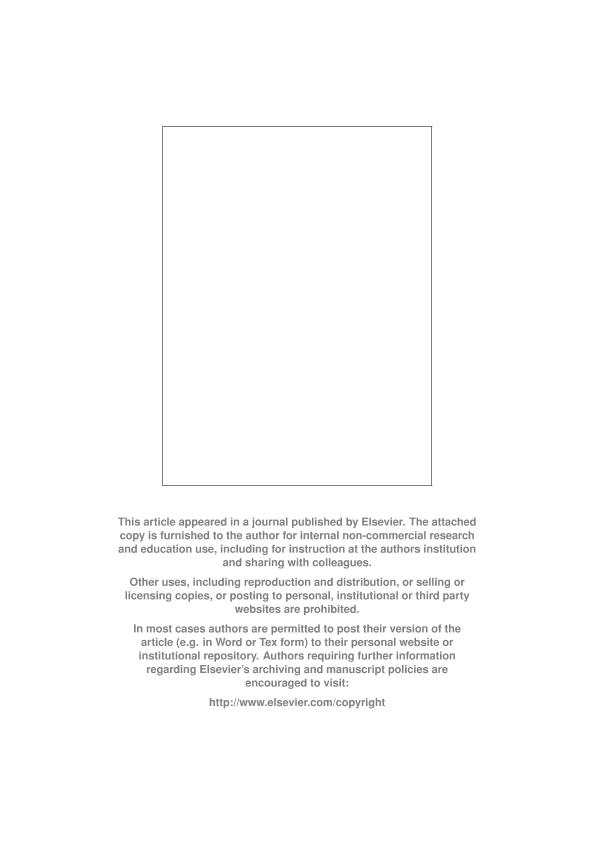Artículo
A late Paleozoic fossil forest from the southern Andes, Argentina
Cesari, Silvia Nelida ; Busquets, Pedro; Méndez Bedia, Isabel; Colombo Piñol, Ferran; Limarino, Carlos Oscar
; Busquets, Pedro; Méndez Bedia, Isabel; Colombo Piñol, Ferran; Limarino, Carlos Oscar ; Cardó, Raúl; Gallastegui, Gloria
; Cardó, Raúl; Gallastegui, Gloria
 ; Busquets, Pedro; Méndez Bedia, Isabel; Colombo Piñol, Ferran; Limarino, Carlos Oscar
; Busquets, Pedro; Méndez Bedia, Isabel; Colombo Piñol, Ferran; Limarino, Carlos Oscar ; Cardó, Raúl; Gallastegui, Gloria
; Cardó, Raúl; Gallastegui, Gloria
Fecha de publicación:
05/2012
Editorial:
Elsevier Science
Revista:
Palaeogeography, Palaeoclimatology, Palaeoecology
ISSN:
0031-0182
Idioma:
Inglés
Tipo de recurso:
Artículo publicado
Clasificación temática:
Resumen
An anatomical and ecological study of a Late Pennsylvanian-early Permian assemblage of silicified trunks from the San Ignacio Formation of southern Andean Cordillera is detailed. This stratigraphic unit has been divided in three facies associations. The silicified trunks are abundant in the middle part of the facies association C (limestones, shales and volcanics) forming a persistent forested stratigraphic level. Anatomical information integrated with sedimentological data, has allowed reconstruction of a plant community that grew on the westernmost margin of Gondwana. The paleoforest grew in wetland environments, where a taphocoenosis of only permineralized trunks and stumps has been preserved. Based on characters of the stem and roots the trees are cordaitaleans, though distinct from other members of this group. Vascular traces exhibit tracheids arranged in circular patterns indicating auxin regulation of axial growth and probably the presence of epicormic shoots. These fossil trees also preserve anatomical evidence of plant-arthropod interactions and rootlets invading the decaying wood. Indistinct growth rings as well as additional indirect evidence indicate that this ecosystem experienced an overall humid, warm climatic regime.
Palabras clave:
Anatomy
,
Gondwana
,
Late Paleozoic
,
Paleoecology
,
Trees
Archivos asociados
Licencia
Identificadores
Colecciones
Articulos(IGEBA)
Articulos de INSTITUTO DE GEOCIENCIAS BASICAS, APLICADAS Y AMBIENTALES DE BS. AS
Articulos de INSTITUTO DE GEOCIENCIAS BASICAS, APLICADAS Y AMBIENTALES DE BS. AS
Articulos(MACNBR)
Articulos de MUSEO ARG.DE CS.NAT "BERNARDINO RIVADAVIA"
Articulos de MUSEO ARG.DE CS.NAT "BERNARDINO RIVADAVIA"
Citación
Cesari, Silvia Nelida; Busquets, Pedro; Méndez Bedia, Isabel; Colombo Piñol, Ferran; Limarino, Carlos Oscar; et al.; A late Paleozoic fossil forest from the southern Andes, Argentina; Elsevier Science; Palaeogeography, Palaeoclimatology, Palaeoecology; 333-334; 5-2012; 131-147
Compartir
Altmétricas



